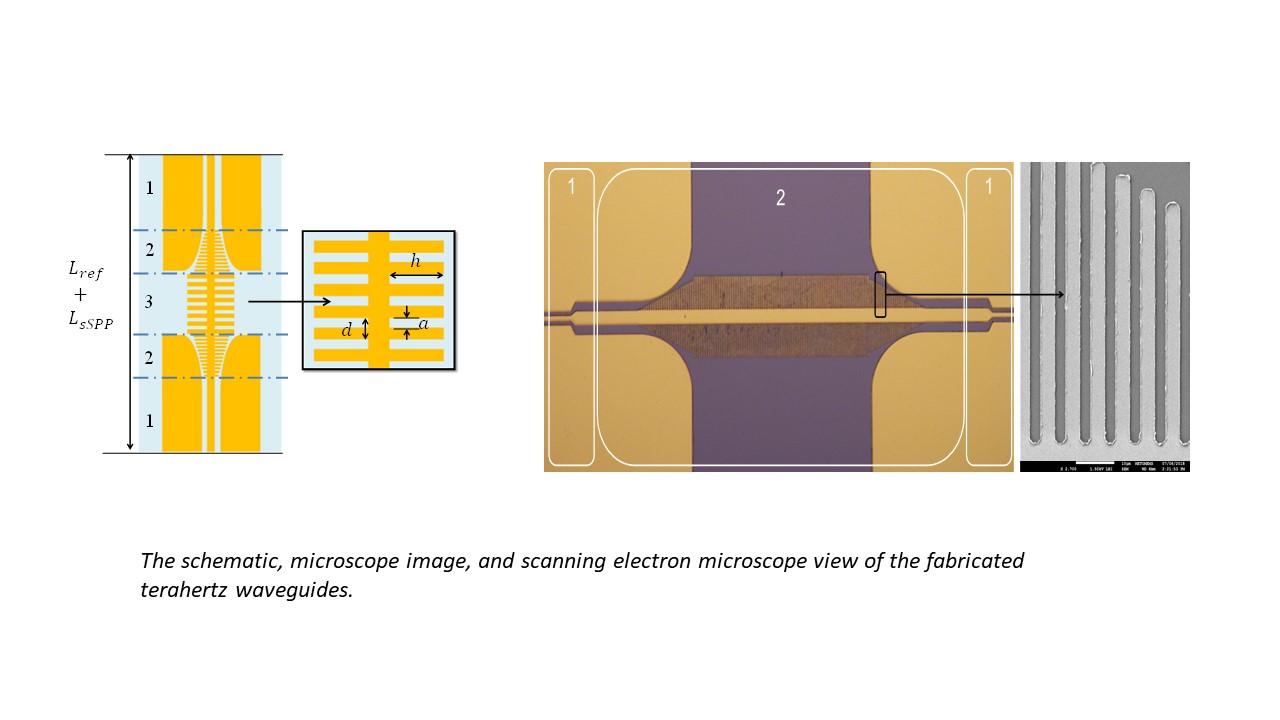TOBB ETÜ TeraMEMS Research Group Developed a New Model for the Terahertz Waveguides
6 YEAR(S) AGO
A new model has been developed and experimentally verified for the surface wave waveguides for the terahertz band for the first time in the literature at the Electrical and Electronics Engineering Department of the TOBB University of Economics and Technology.
Terahertz frequencies lay in the 0.3-10 THz region of the electromagnetic spectrum, which is located between the millimeter-wave and infrared bands. It is possible to obtain some unprecedented properties with the terahertz frequencies which cannot be achieved neither with millimeter-wave nor with infrared wavelengths. Terahertz frequencies allow some novel and important applications that include the imaging of the live tissues without harm, remote detection of the explosives and other types of materials, and high-speed wireless communications for 5G and beyond applications.
Although these promising applications may have a high impact, the terahertz technology is not mature enough yet to develop the required electronic components for a complicated terahertz system. Starting from the integrated circuit technologies, all the required components of the terahertz systems should be studied for the next-generation imaging, spectroscopy, and communication systems. Here, the development of the one of the most fundamental components, namely the terahertz waveguides, should be developed, especially to minimize the coupling between two adjacent channels.
Dr. Mehmet Ünlü and his PhD student Muhammed Abdullah Unutmaz have developed a new mathematical model for the terahertz surface wave waveguides for this purpose. “It is now possible to design terahertz waveguides using our model without having lengthy simulations that can sometimes last in days or weeks.” said Prof. Unlu, “Our model is the first model in the literature of this purpose, which is also verified with experiments.”
An earlier version of the study was published as one of the two featured articles in Electronics Letters in October 2017, which is one of the oldest and well-known journals of electrical engineering; now it is published in Scientific Reports, which is published by the prestigious Nature Publishing Group.
The research was supported by TUBITAK 1001 program under the project entitled “Reconfigurable surface plasmon polariton waveguides for terahertz frequencies.”

